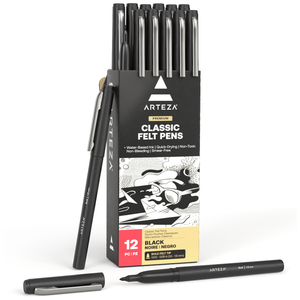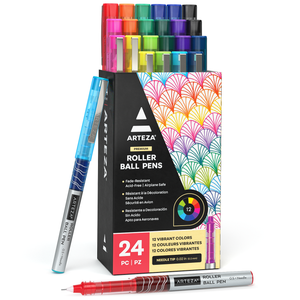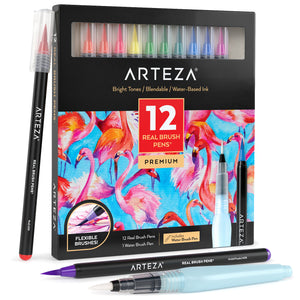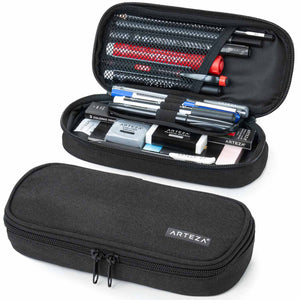home>Blending Stumps

Blending Stumps

Blending Stumps
View as
Set of 3
Blending Stumps
Take your pencil and charcoal sketches to the next level by using practical blending stumps. When you're drawing or sketching, there are times you need to blend the edges to make smooth transitions between tones or gradients. A lot of artists will use cotton swabs, a finger, or tissue. These may work fine, but they can be messy, and they have their limitations. It's not a good idea to use your finger because your skin's oils can soak into the graphite, making it hard to erase. If you want less hassle and a more professional look, you should use a blending tool. Blending stumps are explicitly created for this purpose, and they can provide more precise blended areas.
What is a blending stump? A blending stump consists of cellulose and paper. It's pressed and rolled into a point, resembling a sharpened pencil. The sharp point makes it easy to blend tiny areas of your drawing, which is hard to do with a tissue.
How to use blending stumps? A pencil blending stump is easy to use. You can hold it like a pencil and adjust the angle according to the size of the area you want to blend. Suppose you're going to blend a large portion of your drawing. Lower the angle to use more of the side of the stump and make a swiping motion. When you need to blend a small area, hold the stump more upright to use just the tip.
How to clean a blending stump? As you use this tool, the graphite will press into the blending stump's paper tip. But this stump is just as easy to clean as it is easy to use. Simply rub the dirty end across fine-grit sandpaper to remove the graphite. You can also use a pencil sharpener to remove the graphite and sharpen the tip as well.
When you're looking for blending tools for sketching, consider trying blending stumps. You won't have to worry about getting graphite all over your hands like you would if you used a finger, tissue, or rags. The pointed tip allows you to move the graphite around in tiny areas of your sketch. Blending stumps here at Arteza are relatively inexpensive. They are not messy and can be used over and over again with proper cleaning.
Best of Arteza
Copyright © 2025 Arteza.com
- Choosing a selection results in a full page refresh.
- Opens in a new window.










